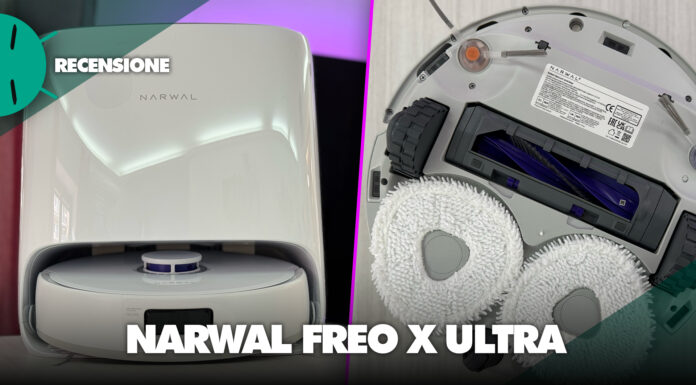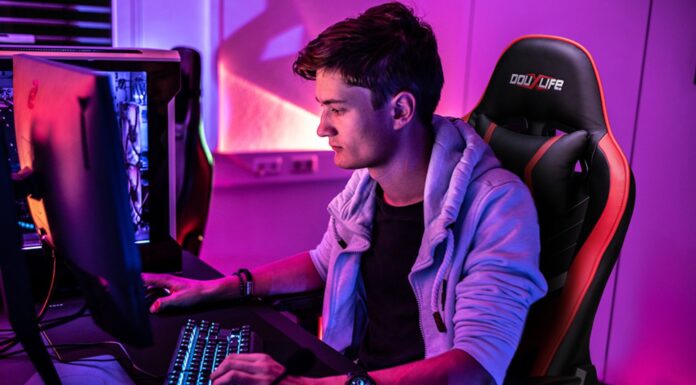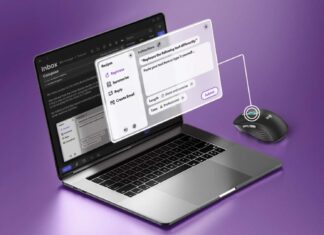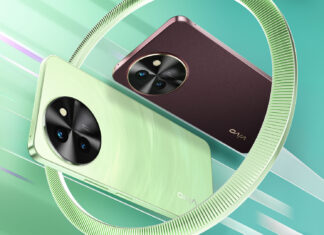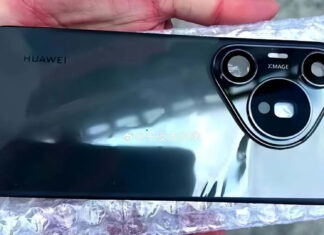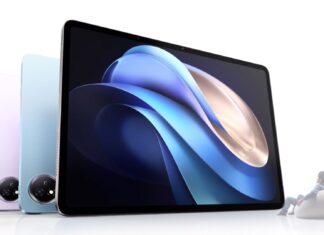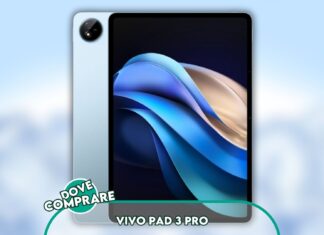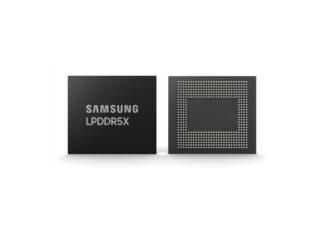Di tendenza
ULTIMI ARTICOLI
Xiaomi SU7 troppo simile a Porsche Taycan? Risponde il CEO di Porsche
Sin da quando è stata presentata, il feedback ricevuto da Xiaomi SU7 è stata agrodolce, ricevendo sia complimenti per il rapporto qualità/prezzo sia critiche per una certa mancanza di originalità nell'estetica adottata. In particolare...
Il Giappone segue l’Europa: le multe antitrust per gli App Store saranno salatissime
Aggiornamento 17/04: si continua a vociferare sulla nuova legge giapponese che riproporrebbe il DMA europeo anche nella terra del sol levante. Le ultime indiscrezioni suggeriscono un considerevole aumento delle multe in arrivo. Trovate tutte...
La sedia da gaming Douxlife ti massaggia schiena e gambe, e costa solo 111€!
Se passi molto tempo al computer o alla console avere una buona sedia da gaming è uno step fondamentale per godere di una maggiore comodità ed essere molto più rilassati (e quindi più performanti)....
OnePlus Pad Go in arrivo in Italia: ci sarà anche Watch 2 in versione...
È in arrivo una doppia novità per OnePlus: la compagnia cinese ha svelato la data di presentazione di OnePlus Pad Go e di Watch 2 in una nuova edizione lifestyle, entrambi in dirittura d'arrivo...
L’AI generativa è ovunque, anche sui mouse: ecco il nuovo Logitech M750
Nel corso degli ultimi mesi abbiamo potuto osservare come l'intelligenza artificiale stia pian piano arrivano in qualsiasi servizio web, ma il prossimo grande passo sembra essere l'integrazione diretta nei dispositivi. Logitech, per esempio, ha...
vivo T3x 5G ufficiale: è il più sottile al mondo con 6.000 mAh
Da sempre, vivo è una compagnia molto attenta all'estetica dei suoi smartphone, come possiamo notare con questo nuovo vivo T3x 5G. Questo smartphone si presenta come un classico medio di gamma di ultima generazione,...
Huawei Pura 70: data ufficiale, nuove foto ma non sarà facile averlo
La serie Huawei Pura 70 è dietro l'angolo: la presentazione si sta avvicinando a grandi passi ed è più vicina di quanto potreste pensare. A cose normali, le compagnie tecnologiche preparano il proprio pubblico...
vivo Pad 3 Pro: scheda tecnica, prezzo e uscita
Oltre a lanciare ben due nuovi smartphone pieghevoli, vivo ha rinnovato anche la sua serie di tablet, stavolta con un unico modello in versione Pro. La dicitura serve proprio ad indicare il cambio di...
Dove comprare vivo Pad 3 Pro: il tablet Android più potente!
Insieme ai nuovi pieghevoli di punta X Fold 3 e X Fold 3 Pro, il brand cinese ha presentato anche il tablet Android più potente del momento. Sei curioso di mettere le mani su...
Le nuove RAM Samsung LPDDR5X battono il record di quelle LPDDR5T
Sono pochissime le aziende che producono le RAM che troviamo dentro smartphone, tablet e notebook: una di queste è Samsung, che ha appena annunciato le "nuove" memorie LPDDR5X. Uso il virgolettato perché, a voler...






